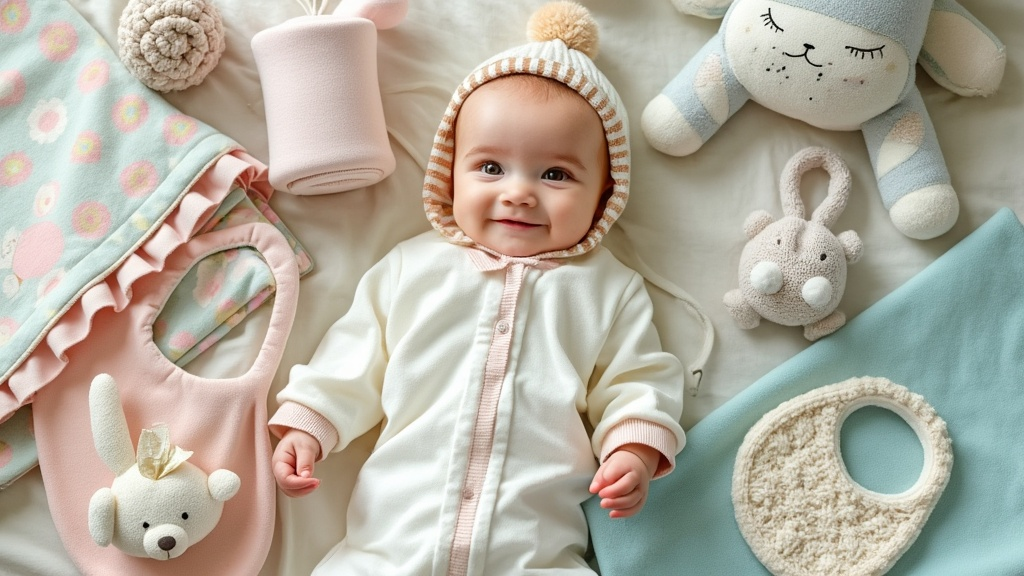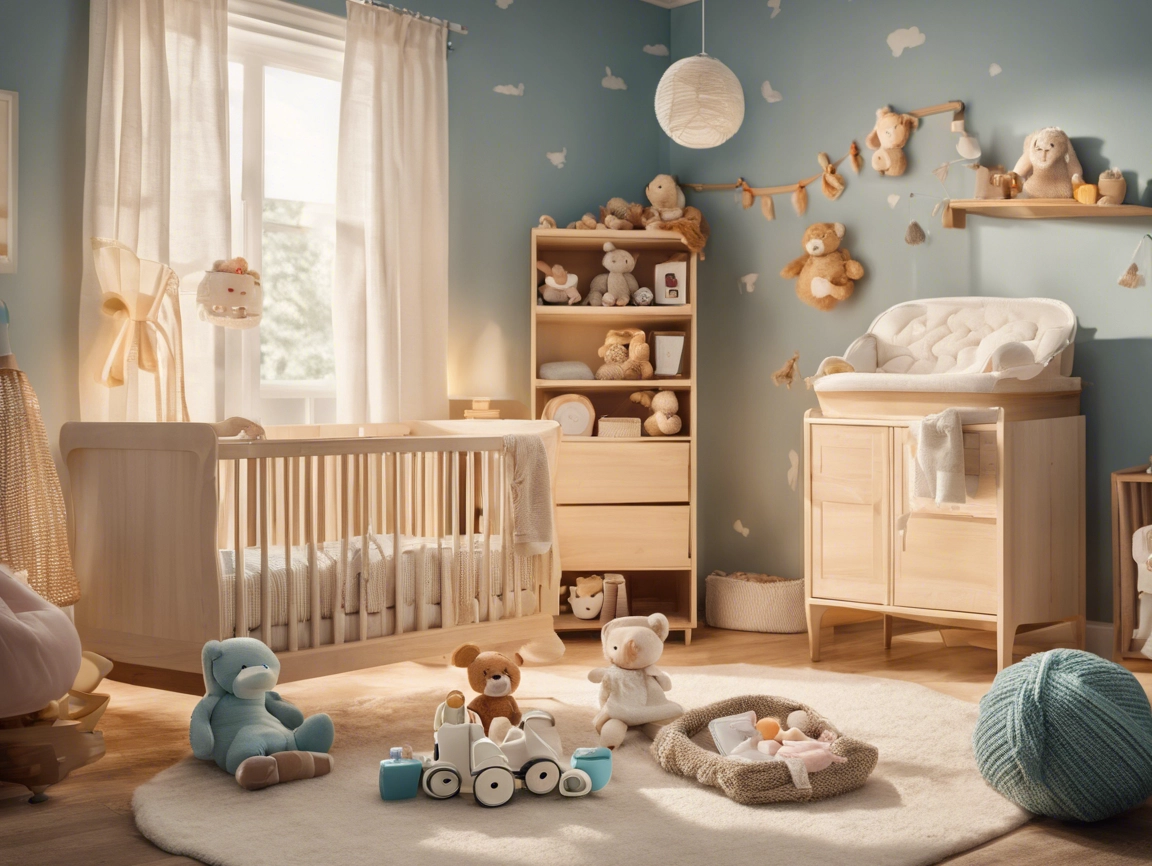When it comes to business ventures, the baby products industry is often described as “recession-proof.” Why? Because no matter the economy, babies keep being born, and parents spare no expense when it comes to their little bundles of joy. From cute onesies to high-tech baby monitors, the market for baby products is booming and highly lucrative.
But how profitable is this industry, really? If you’re considering starting a baby product business or investing in one, it’s important to dig into the details. This article will explore the profitability of the baby products industry, the factors driving its growth, and how you can carve out a profitable niche for yourself. Let’s dive in!

The Market Value of Baby Products: Why It’s a Goldmine
The global baby products market is enormous—and it’s only growing. As of 2023, the industry was valued at approximately $214 billion, with projections suggesting it could reach over $300 billion by 2030. This growth is driven by several factors, including increased birth rates in certain regions, higher spending on premium and eco-friendly products, and the rise of e-commerce.
| Year | Global Market Value |
|---|---|
| 2023 | $214 Billion |
| 2030 (Projected) | $300+ Billion |
(Source: Statista, 2023)
Key Segments Driving Growth
- Clothing and Apparel
Baby clothing is a staple of the industry, from basic onesies to designer outfits. With the rise of eco-friendly materials like organic cotton, this segment is particularly profitable. - Baby Care Products
Diapers, wipes, and skincare products make up a significant portion of the market. The shift towards biodegradable and organic options has boosted sales in this category. - Baby Gear and Furniture
Items like strollers, cribs, and car seats are high-ticket purchases, making them particularly lucrative. - Educational and Developmental Toys
Parents are willing to pay a premium for toys that promise to aid in cognitive development or provide entertainment.
(For more insights into the product categories, check out Endearing Baby’s Guide to Baby Essentials.)
How Profitable Is the Baby Products Industry? Let’s Crunch the Numbers
Profit margins in the baby products industry vary by product category, business model, and target market. Here’s a breakdown of average profit margins in key segments:
| Product Category | Average Profit Margin |
|---|---|
| Clothing and Apparel | 30%-50% (Higher for organic or premium brands) |
| Baby Gear | 20%-40% (Higher for innovative or high-tech gear) |
| Diapers and Wipes | 10%-25% (Higher for sustainable products) |
| Educational Toys | 40%-60% (Premium toys command higher margins) |
E-commerce vs. Brick-and-Mortar
If you’re selling online, profit margins can be higher due to reduced overhead costs. E-commerce platforms like Shopify or Amazon also make it easier to reach a global audience.
(Pro Tip: Learn more about starting an online baby products store in this guide.)
Factors That Make the Baby Products Industry Profitable
1. High Emotional Spending
Parents often prioritize quality over price when it comes to their children. Whether it’s a premium stroller or an organic swaddle, parents are willing to spend more for peace of mind.
2. Recurring Purchases
Products like diapers, wipes, and formula are consumables, meaning parents need to buy them regularly. This creates a steady stream of revenue for businesses in this space.
3. Growing Interest in Premium Products
There’s been a noticeable shift towards eco-friendly and premium baby products. Parents are increasingly choosing organic and non-toxic items, even if they come with a higher price tag.
(For more on why eco-friendly products are trending, read our article Why Eco-Friendly Baby Products Are Becoming So Popular.)
Challenges to Consider in the Baby Products Industry
While the industry is undoubtedly lucrative, it’s not without its challenges.
1. High Competition
From big-name brands to small boutique shops, the baby product industry is crowded. Standing out requires strong branding and product differentiation.
2. Strict Safety Regulations
Baby products are subject to stringent safety standards and certifications, such as CPSIA in the U.S. and EN71 in Europe. Non-compliance can lead to recalls and reputational damage.
3. Rising Material Costs
With the shift towards organic and sustainable materials, production costs have risen, which can eat into profit margins if not priced correctly.
(Pro Tip: Make sure your products comply with certifications like GOTS or OEKO-TEX to appeal to safety-conscious parents.)
Tips for Maximizing Profit in the Baby Products Industry
1. Choose a Niche
Rather than trying to offer everything, focus on a specific category like eco-friendly baby products, high-tech baby gear, or affordable essentials.
2. Build a Strong Online Presence
E-commerce offers higher margins and a broader reach. Platforms like Amazon and Shopify make it easy to start an online store.
3. Invest in Branding
Parents gravitate toward brands they trust. Use testimonials, certifications, and high-quality visuals to build credibility.
4. Leverage Social Media
Platforms like Instagram and Pinterest are ideal for promoting baby products. Partnering with influencers can boost visibility.
FAQs About Baby Product Profitability
Q1: Is the baby products industry recession-proof?
Yes, to a large extent. Even during economic downturns, parents continue to buy essential items like diapers and formula.
Q2: Which baby products have the highest profit margins?
Educational toys and premium baby gear, such as strollers or baby monitors, typically offer the highest margins.
Q3: How can small businesses compete with larger brands?
By focusing on niches, offering personalized products, and building strong customer relationships, smaller businesses can thrive.
Q4: Are eco-friendly baby products more profitable?
Eco-friendly products often have higher profit margins due to their premium pricing, despite slightly higher production costs.
Conclusion: A Growing, Profitable Opportunity
The baby products industry is not just profitable—it’s full of opportunities for businesses of all sizes. With steady demand, emotional purchasing drivers, and a shift towards premium, sustainable items, this market shows no signs of slowing down.
Whether you’re starting a small e-commerce store or looking to invest in this booming market, the key is to identify your niche, prioritize quality, and build a brand that parents can trust.
(Ready to dive in? Explore Endearing Baby’s collection of baby products to find inspiration for your own venture.)


